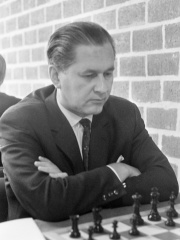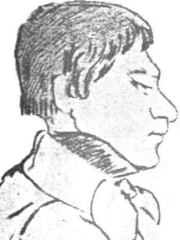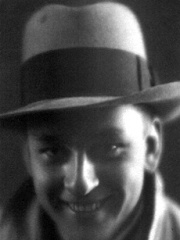



The Most Famous
CHESS PLAYERS from Estonia
This page contains a list of the greatest Estonian Chess Players. The pantheon dataset contains 461 Chess Players, 4 of which were born in Estonia. This makes Estonia the birth place of the 29th most number of Chess Players behind Uzbekistan, and Kazakhstan.
Top 4
The following people are considered by Pantheon to be the most legendary Estonian Chess Players of all time. This list of famous Estonian Chess Players is sorted by HPI (Historical Popularity Index), a metric that aggregates information on a biography's online popularity.

1. Paul Keres (1916 - 1975)
With an HPI of 70.57, Paul Keres is the most famous Estonian Chess Player. His biography has been translated into 47 different languages on wikipedia.
Paul Keres (7 January 1916 – 5 June 1975) was an Estonian chess grandmaster and chess writer. He was among the world's top players from the mid-1930s to the mid-1960s, and narrowly missed a chance at a World Chess Championship match on five occasions. As Estonia was repeatedly invaded and occupied during World War II, Keres was forced by the circumstances to represent the Soviet Union (1940–41, 1944–75) and Nazi Germany (1941–44) in international tournaments. Keres won the AVRO 1938 chess tournament, which led to negotiations for a title match against the reigning World Champion Alexander Alekhine, but the match never took place due to the outbreak of World War II in 1939. Keres was runner-up in the Candidates Tournament on four consecutive occasions in 1953–1962. Due to these and other strong results, many chess historians consider Keres one of the greatest "Super grandmasters" in history, and, along with Viktor Korchnoi, the strongest player never to become world champion. His elegant manners, informal but unflappable bearing, and well‐known sense of fairness made Keres one of the game's most popular figures. Widely admired by Estonians to this day, he was nicknamed "Paul the Second", "The Eternal Second", and "The Crown Prince of Chess".

2. Lionel Kieseritzky (1806 - 1853)
With an HPI of 61.41, Lionel Kieseritzky is the 2nd most famous Estonian Chess Player. His biography has been translated into 24 different languages.
Lionel Adalbert Bagration Felix Kieseritzky (Russian: Лионель Адальберт Багратион Феликс Кизерицкий; 1 January 1806 [O.S. 20 December 1805] – 18 May [O.S. 6 May] 1853) was a Baltic German chess master and theoretician, known for his contributions to chess theory, as well for a game he lost against Adolf Anderssen, known as the "Immortal Game". Kieseritzky's name became associated with several openings and opening variations, such as the Kieseritzky Gambit, Kieseritzky Attack, and the Boden–Kieseritzky Gambit.

3. Vladas Mikėnas (1910 - 1992)
With an HPI of 56.34, Vladas Mikėnas is the 3rd most famous Estonian Chess Player. His biography has been translated into 16 different languages.
Vladas Mikėnas (17 April 1910 – 3 November 1992) was a Lithuanian and Soviet chess player and journalist. He was awarded the titles of International Master and Honorary Grandmaster by FIDE.

4. Paul Felix Schmidt (1916 - 1984)
With an HPI of 52.28, Paul Felix Schmidt is the 4th most famous Estonian Chess Player. His biography has been translated into 15 different languages.
Paul Felix Schmidt (20 August [O.S. 7 August] 1916 – 11 August 1984) was an Estonian and German chess player, writer and chemist.
People
Pantheon has 4 people classified as Estonian chess players born between 1806 and 1916. Of these 4, none of them are still alive today. The most famous deceased Estonian chess players include Paul Keres, Lionel Kieseritzky, and Vladas Mikėnas.
Deceased Estonian Chess Players
Go to all RankingsPaul Keres
1916 - 1975
HPI: 70.57
Lionel Kieseritzky
1806 - 1853
HPI: 61.41
Vladas Mikėnas
1910 - 1992
HPI: 56.34
Paul Felix Schmidt
1916 - 1984
HPI: 52.28
Overlapping Lives
Which Chess Players were alive at the same time? This visualization shows the lifespans of the 4 most globally memorable Chess Players since 1700.

